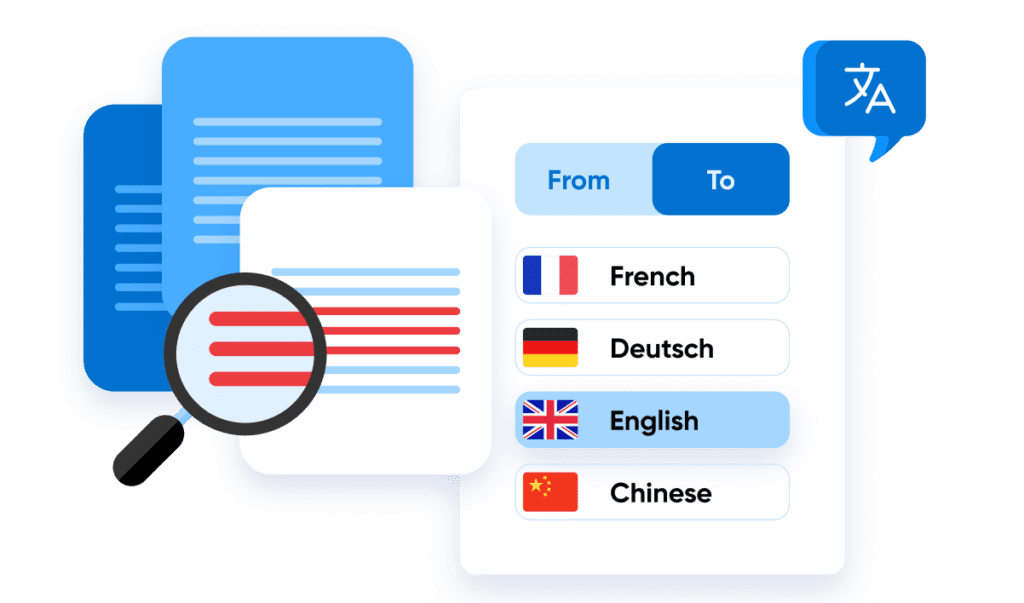Ines - Innovative teaching and learning paths for the prevention of new drugs abuse
-


2021-1-IT02-KA220-SCH-000032570 - Cooperation Partnership in School Education
This project has been funded with support from the European Commission. This publication reflects the views only of the author, and the Commission cannot be held responsible for any use which may be made of the information contained therein"
Watch our story! Share our results!
New Psychoactive Substances (NPS) represent a large and increasing group of chemical compounds mainly of synthetic nature, characterized by pharmacological and toxicological properties particularly dangerous for consumers' health. As underlined in the last European Drug Report (EMCDDA, 2018) NPS continues to challenge public health: "[the priority is] to identify and respond to the emergence of drugs that has been lacking elsewhere”. It is important to clearly identify the specific characteristics of the “market” where NPS are available and who this type of compound's target groups (consumers) are. At a European level, it is estimated that about 5% of young Europeans aged between 15 and 24 years have already consumed, at least, one of these new drugs (Flash Eurobarometer, 2011).
The ESPAD Report (2015) identified, for example, a growing number (3-4%) of 15-to 16-year-old school students in 24 European countries who frequently use NPS.
The majority of the “new consumers” of NPS come from the 15-16 years old age group, the school can certainly represent a significant environment where knowledge can be improved and effective strategies can be developed to promote student’s agency, students’ reflexive capacity, and key competencies to tackle early school leaving and to tackle the abuse of the above-mentioned substances.The Innovative Teaching and Learning Paths for the Prevention of New Drug Abuse (INES) project aims to create conditions to support the collaborative networking of teachers, external experts, and students to find, test, adapt, and use (within common teaching workflows) didactic strategies and resources to tackle the NPS problem. The project started in December 2021 and will end in November 2024.
Play with our interactive game! Paradise on Earth

Game website: https://ines.swingtree.be/
Discover our project - read the final publication!
An interdisciplinary and collaborative research-action experience to integrate the New Psychoactive Substances topic into upper secondary school curricula


How to translate INES website content into your native language?
When you come across a page written in a language you don't understand, you can use Chrome to translate the page.
- On your computer, open Chrome
- Go to a webpage written in another language
- On the right of the address bar, click Translate
- Click on your preferred language
- Chrome will translate your current webpage
Illustrated By Stefano D'Ambrosio
Corsi disponibili
INES Summer School (ed. 2025-2026) - BIP
Categoria: OPEN
Blended learning course (micro mooc)
Categoria: OPEN
INES Handbook and final publication
Categoria: OPEN
Teaching and learning paths
Categoria: OPEN
- Manager: prova prova
- Manager: Domenico Toto
- Ines' partner: federica ambrosini
- Ines' partner: roberta biolcati
- Ines' partner: marco cirrincione
- Ines' partner: Luca Ferrari
- Ines' partner: Manuela Galante
- Ines' partner: stefano girotti
- Ines' partner: Lorenza Maluccelli
- Ines' partner: roberto mandrioli
- Ines' partner: francesco mascaro
- Ines' partner: laura mercolini
- Ines' partner: Frédéric Mignon
- Ines' partner: Marco Nenzioni
- Ines' partner: Fernando Remião
- Ines' partner: alessandro soriani
- Ines' partner: Roxana Szasz
- Ines' partner: Roxana Szasz
- Ines' partner: Amélia Veiga
About INES
Categoria: OPEN
INES Pedagogical Planner
Categoria: OPEN
Multiplier Events & Dissemination
Categoria: OPEN